Ways to Come up with New Content Ideas for your Blog
One of the biggest problems many bloggers face when it comes to new content is figuring out what kind of posts to write. After you’ve written a batch of quality articles, you can’t just continue creating variations on the same topics. You need to regularly come up with new and interesting ideas. As I detail in my post about blogging tips to generate traffic, a big part of what determines whether your post is successful or not is how much unique content you’re providing.
So it’s important that you come up with new ideas for topics for every blog post. Here are some things I’ve found that are helpful in coming up with fresh ideas:
- Visit other blogs in your niche.
One of the easiest ways to find new ideas is to look at other blogs that address similar subjects in your same area of expertise. What kinds of topics do they write about? Which ones get a lot of traffic? Do they all have something in common? If one post does really well how can you spin it in a different direction?
- Take a trip to your local library or bookstore.
Every time I head over to the bookstore, I’m always checking out other blogs and books on writing so that I can come up with new ideas for my own blog. It’s easy to do this now that they’ve gone digital – just load up your E-reader or iPad and you can browse the shelves at your leisure.
A great book I picked up recently is The Ultimate Blog Post: 50 Ways to Increase Your Traffic by Emily Martha Sorensen, which has a lot of great information about writing posts that people want to read as well as fresh ideas for coming up with different content.
- Make a list of all the topics you’ve ever written about on your blog and think about different ways to present them.
Go back through some of the posts you’ve already published and think about how you can redo them or add what you’ve learned since it was written. Often you will have new information or a change in perspective if some time has passed since you’ve written a piece.
- Brainstorming
I have a notepad that’s just for blog post ideas, and when I get an idea in my head I’ll write it down so that it doesn’t go anywhere (and because I’m forgetful). From there, if the idea seems like something worth pursuing, I’ll further flesh it out and work on developing a full post.
My process is that I’ll fill up the notebook with lots of ideas, then cull through them periodically. Once I have 5-10 good ones (not all are gold), I’ll pick one to develop into a full blog post. The other ones get revisited at another time.
In my case, I think of myself as a general blogger, so I’ll work on topics that are relevant to a wide range of bloggers or online businesses. However, you may find that some are more applicable to your niche than others. If you’re not there yet though, try and figure out why it’s not working for you and how you can apply it to the core of your content. You never know when a seemingly random idea that comes up might just be exactly what your audience is looking for!
- Brainstorming, Part 2: Creative exercises to help generate ideas.
Another exercise is to think about the 5 people that you most want to reach with your content. How can you help them? What do they need? Narrow your list down to one and then develop a post around it.
- Brainstorming, Part 3: Improve your brainstorming skills by observing how others come up with ideas.
I picked up this little gem of advice in an interview with Derek Halpern, Founder of Social Triggers. I think it’s really insightful although I’m not sure if he invented the concept or got it from somewhere else. Here’s what he had to say:
“I learned this trick recently that has worked very well for me. Each time I have a new idea — whether it’s for a blog post or an article or a book, whatever it is — instead of going straight to writing I’ll first just create a mind map. A mind map is basically just a diagram with all your thoughts connected by lines. You write down your ideas and the connections between them. What this does is it helps you flesh out your ideas and gives you a sense of structure. It makes it much faster to write later because you’re not trying to figure out the best way to say something – that part is already done.”
“When I’m doing this, I actually just use a blank sheet of paper and start writing down all my ideas, and then I just connect them with lines. It’s pretty quick for me to do a mind map, and it’s saved me a ton of time on my writing.”
- Think about how you can give value to your readers in the post.
I think this is one of the most important things that people forget about when they’re writing. When you think about your readers, what are their needs? What problems do they have? What’s the one thing that they’re looking for from you that will help them achieve something or make a process easier?
Solve a problem for them, offer inspiration, or perhaps just give them some motivation.
Online readers are looking for engaging content, but it can be a challenge to generate fresh, new ideas for blog articles. You can come up with new topics by checking out what is already out there, keeping a running list of ideas, or participating in creative writing exercises. If you keep your reader in mind you will be able to create highly trafficked blog posts.
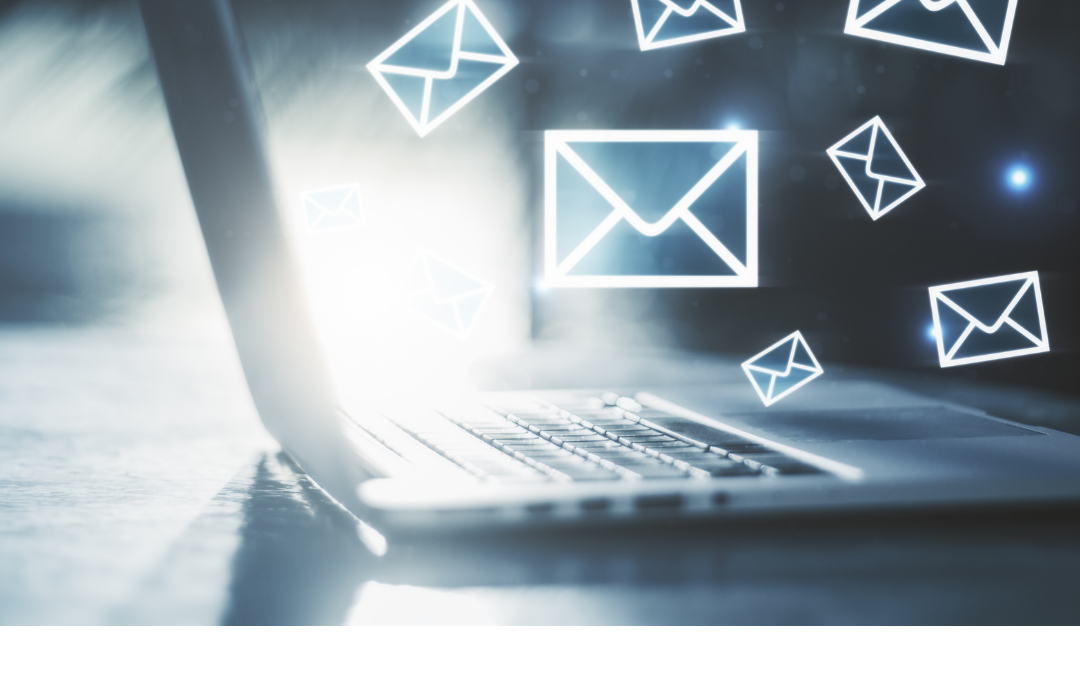
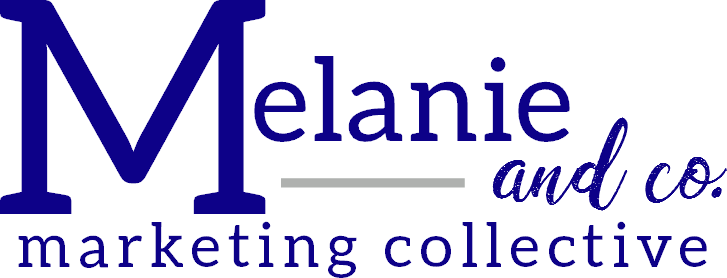

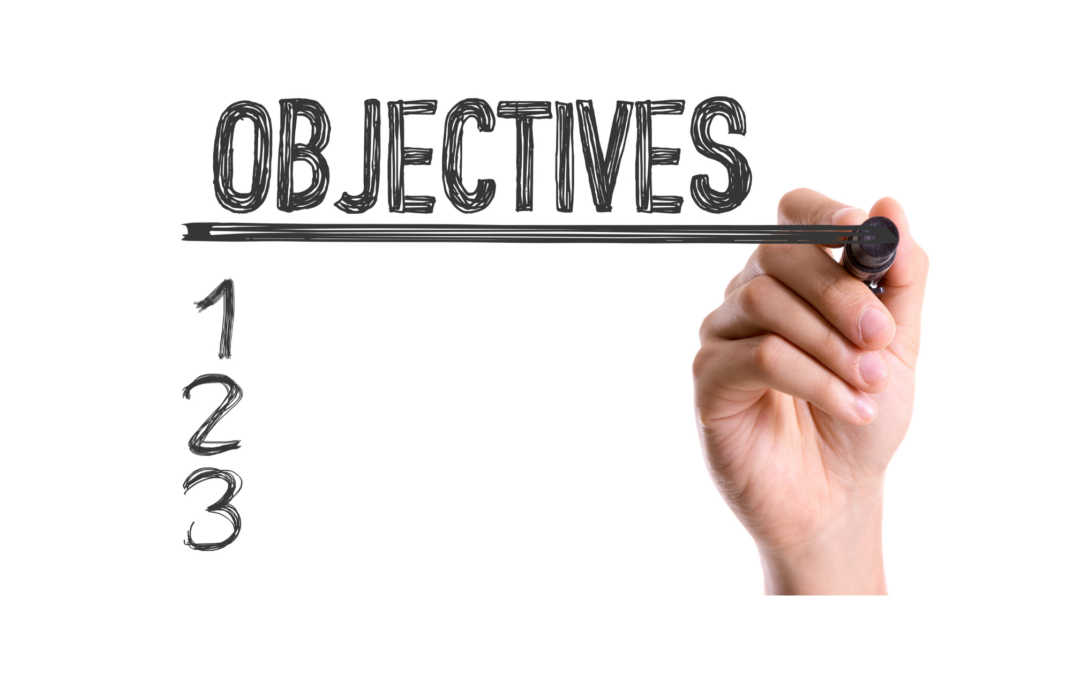
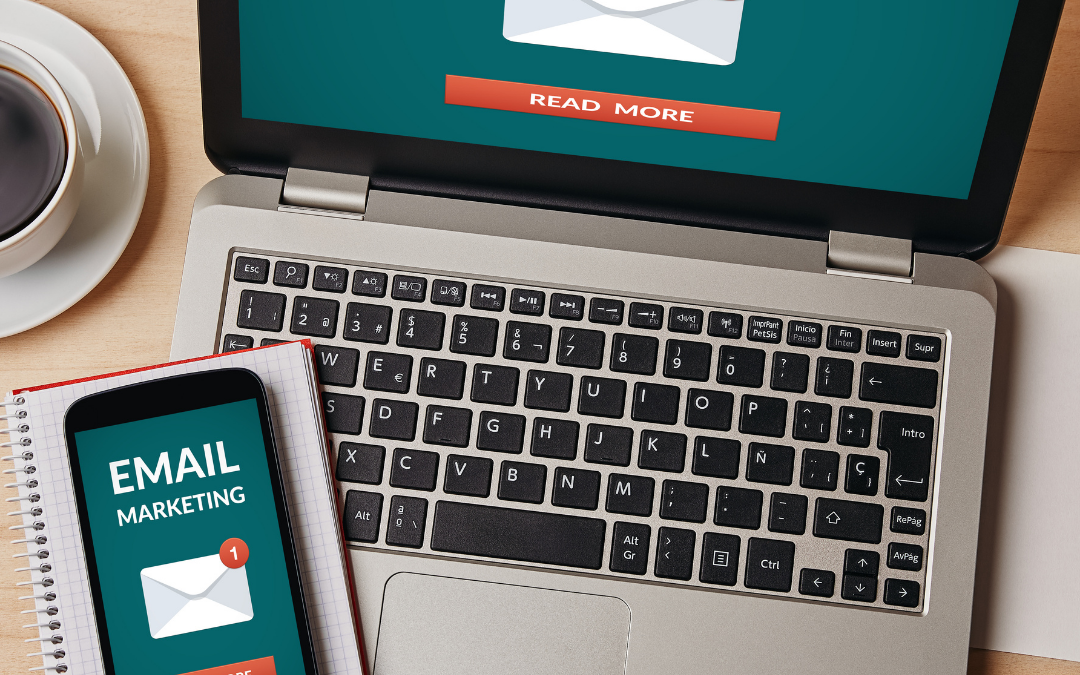

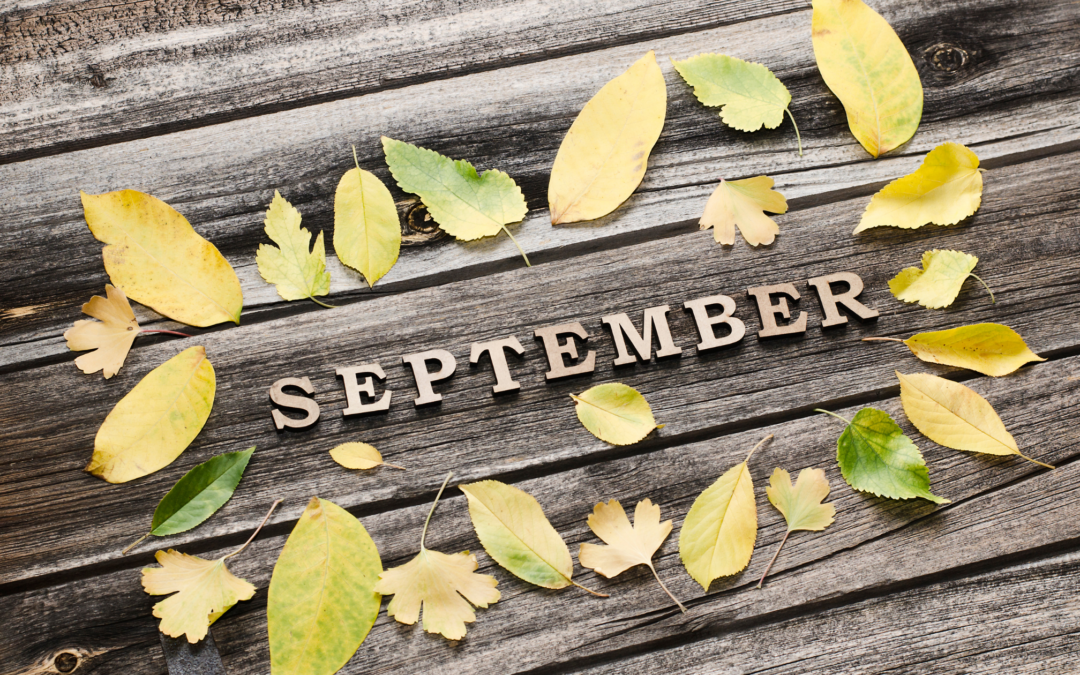
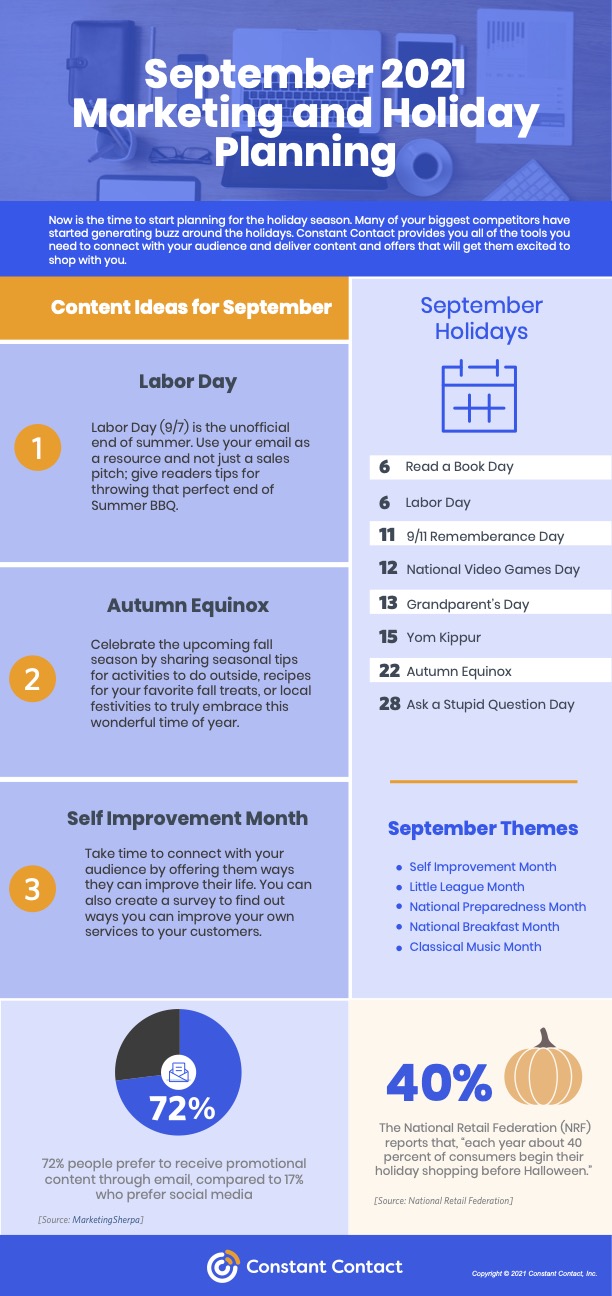
![constant-contact_logo_horizontal_white_orange_1000px-wide[1]](https://www.melaniediehl.com/wp-content/uploads/2021/08/constant-contact_logo_horizontal_white_orange_1000px-wide1.png)